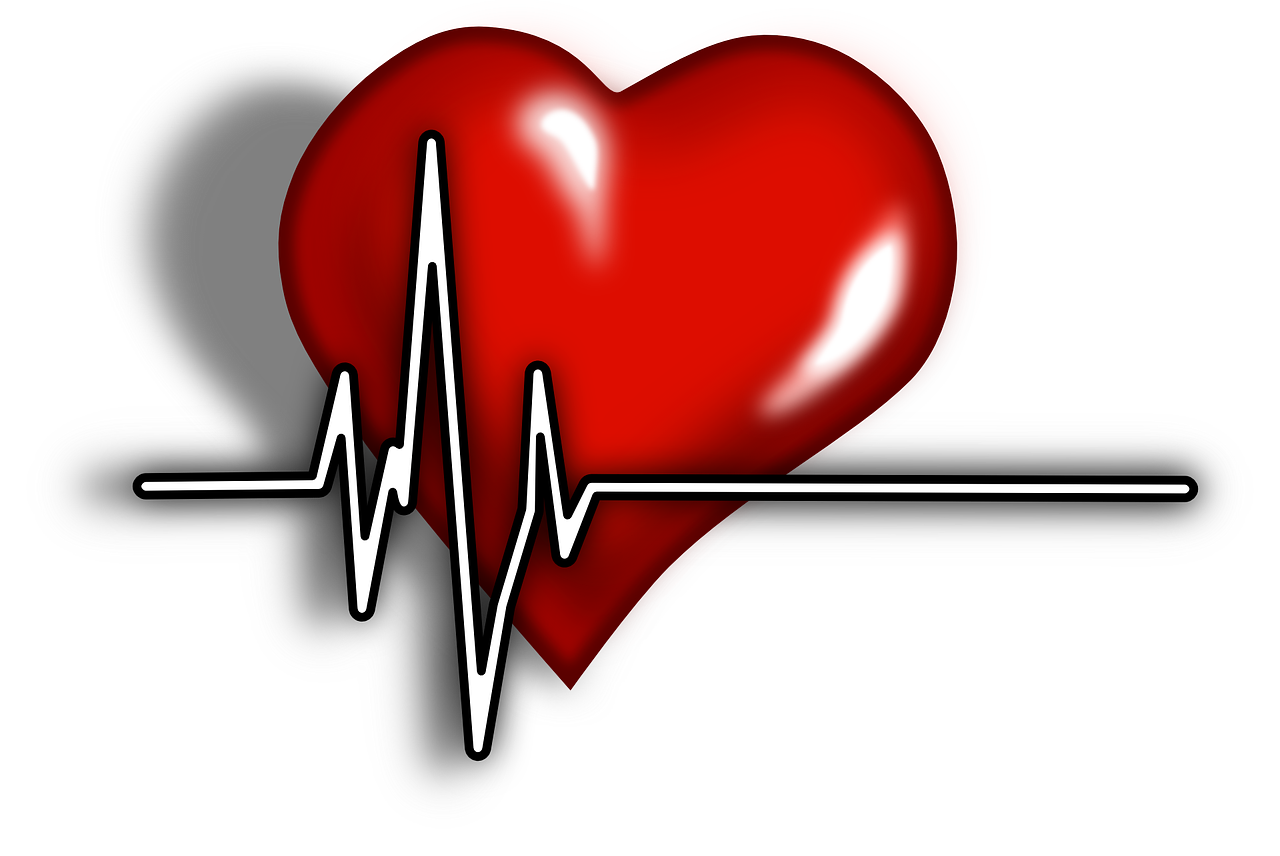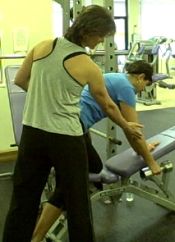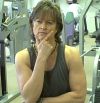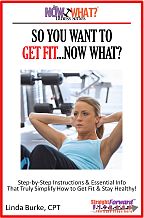Buy "The Now What? eBooks" Here! Or go to Smashwords for misc. formats.
The Now What Fitness Series lays out the foundation of fitness in a concise and simplified manner, making for a collection of books that help the reader truly comprehend how to improve one's health and well-being from A to Z. I've broken fitness down into comprehensive concepts, giving anybody who truly wants to change their health and their lives in profound ways, the step-by-step tools and knowledge to do so.
How to Achieve Optimal Fitness

Is optimal fitness really possible in today's busy world? YES! It's all about balance. I realize that at first glance one might think it is impossible to achieve optimal fitness. However, before you throw the baby out with the bathwater, I'd like you to take a realistic look at what is truly necessary to begin seeing health improvements. Getting started is the hardest part.
If you can just carve out 30-60 minutes a day on most days of the week, you can make great strides towards being the best you that you can be. And that is really all I am talking about here, folks. It took time to get out of shape and it will take time to get back into good shape. It all begins with the first workout.

In 30 minutes you can get a great strength training session done if you have a good plan. And 30 minutes of cardio on most days will reap huge benefits! Of course, your plan should be specific to whatever your goals are. Do you wish to lose weight? Are you training for a marathon? There are many ways to structure an effective and safe fitness plan.
If you don't have an hour, 20 or 30 minutes are way better than nothing! The main thing is to put forth the effort and get moving. It's called progressive training for a reason. Just get up off that couch and take a walk. Join a gym. Or if you hate gyms, buy some free weights or resistance bands for a home workout. Just get started! Today! The next month is going to pass anyway, right? Why not be a whole month into your brand new fitness plan and maybe even a few pounds lighter!
I have provided this website as a free resource. Everything you need to know is at your fingertips here, and did I mention it is free? If you want more precise guidance please feel free to check out my Now What? Fitness eBooks. Just click on the AD at the top of the page to learn more. Or keep researching this website. And please, always feel free to contact me with any questions or concerns about your fitness plan.
THINK ABOUT THIS

In order to help drive home the "specificity of training" principle, look at this analogy: One might use the treadmill or elliptical machine to do their cardio, right? However, that wouldn't really do much towards improving their muscular strength or endurance.
Likewise, flexibility training helps increases the range of motion about a specific joint, i.e., the hip or shoulder, but it is not effective for improving cardiovascular endurance or muscle strength.
In other words, you can stretch till the cows come home, but it won't likely improve your heart health or grow your biceps. Similarly, resistance/strength training, such as weight lifting, is the best way to increase strength, but it is not the most effective way to improve cardiovascular fitness or flexibility.
Plainly speaking, you have to do cardiovascular or aerobic exercise in order to train your heart and lungs for better health and to work off excess fat. You must participate in weight lifting, resistance training, or strength training in order to improve muscular strength and endurance. And you should stretch regularly in order to remain flexible, especially as you age.
The benefits of regular cardiovascular exercise, strength training, and flexibility training far outweigh the efforts.
ACE and Optimal Fitness
The American Council on Exercise
(ACE) states that optimum fitness is a condition
resulting from a lifestyle that leads to the development of an optimal level of
cardiovascular endurance, muscular strength, and flexibility, as well as the
achievement and maintenance of ideal body weight.
Because training is specific, as described above, an individual must
participate in cardiovascular, strength, and flexibility exercise
to achieve optimum (balanced) physical fitness.
Now that we have discussed the definition of fitness, we are better prepared to delve further into the details of each component of fitness so that we can actually implement these principles and ideas into a safe and effective fitness plan.
Return from Optimal Fitness to Home Page
Return from Optimal Fitness to the Definition of Fitness
